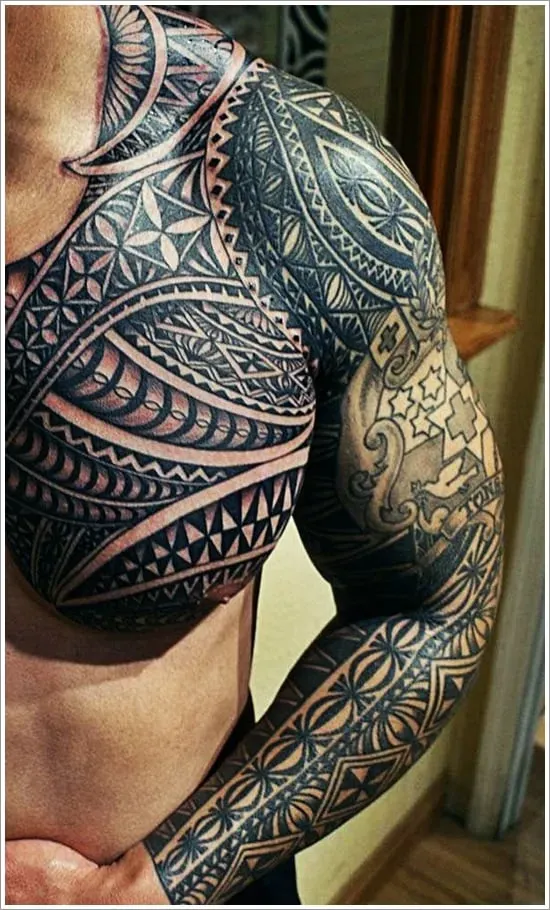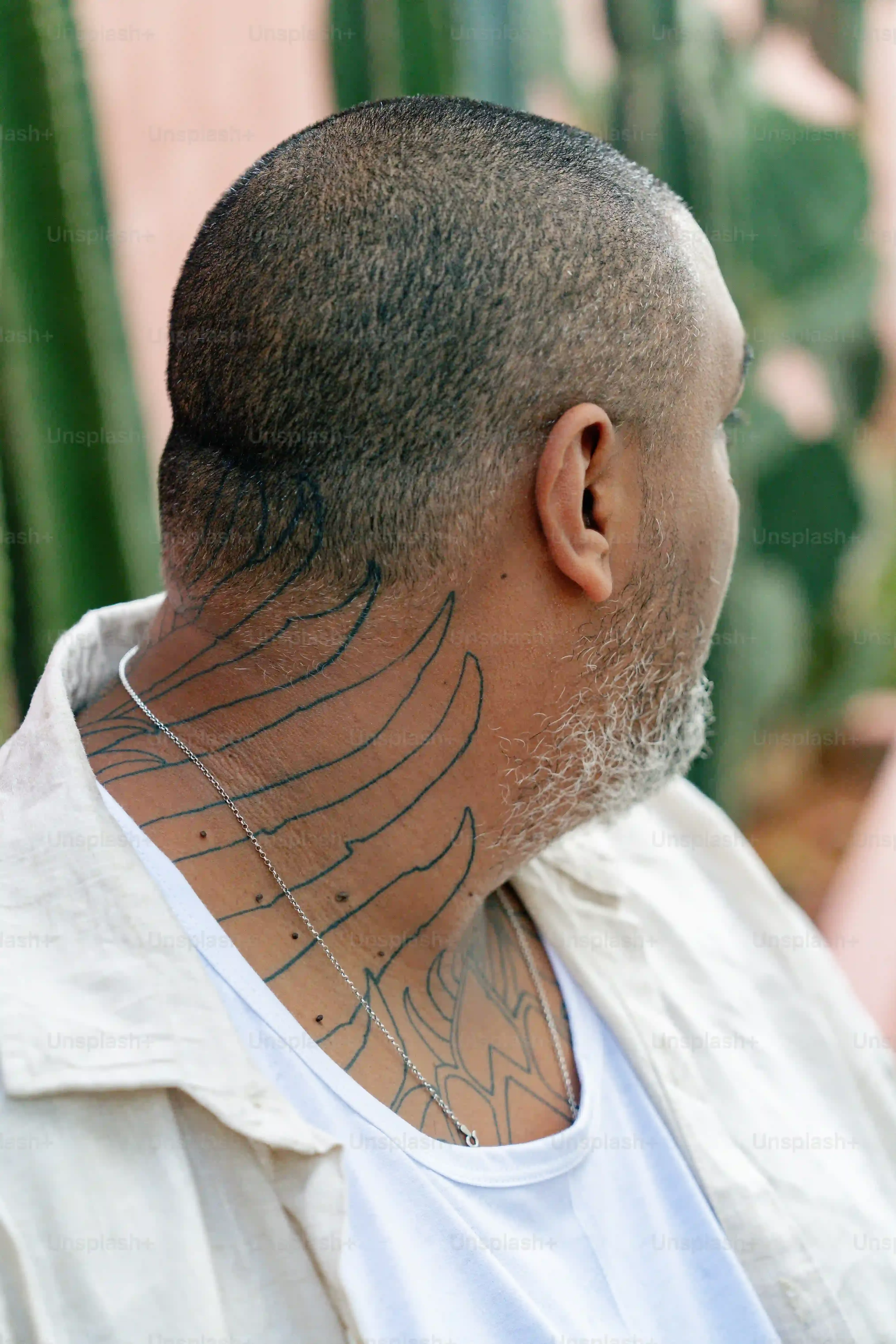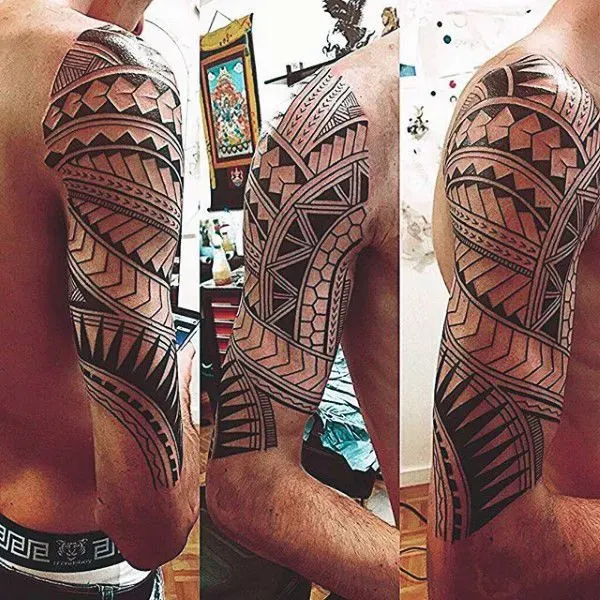Table of Contents
You've likely seen them. Intricate, flowing lines, spirals, and symbols etched onto skin, powerful and deeply personal. We're talking about maori tattoo designs, or Ta Moko, a tradition far richer than just body art. It's easy to look at these designs and appreciate the skill, but understanding what they *mean*, the history they carry, and the stories they tell? That's where things get interesting, and frankly, a lot of people only scratch the surface.
Understanding Maori Tattoo Designs and Their Meaning
Understanding Maori Tattoo Designs and Their Meaning
Alright, let's talk about really Understanding Maori Tattoo Designs and Their Meaning. It's not just about cool patterns you slap on your skin because they look fierce. Every single line, every spiral, every motif has a history, a whakapapa (genealogy), a story. These aren't random doodles; they are literal blueprints of a person's identity, their status, their lineage, their achievements, even their connection to the land and ancestors. Thinking you can just pick one off a flash sheet because it looks "tribal" is missing the entire point, and frankly, shows a lack of respect for a profound cultural practice that carries immense weight for the Maori people.
The Art of Ta Moko: Traditional Maori Tattoo Designs
The Art of Ta Moko: Traditional Maori Tattoo Designs
Tools and Techniques of Traditional Ta Moko
When we talk about The Art of Ta Moko: Traditional Maori Tattoo Designs, we're not talking about a tattoo gun humming away. This was a whole different ballgame. The tools were primarily chisels, called *uhi*. Some were flat, used for cutting into the skin, while others had serrated edges for creating patterns. They were made from bone, usually albatross bone, or sometimes wood or stone. The pigment? Typically made from natural sources, like soot from burnt wood (giving that deep black) or minerals mixed with plant extracts. Imagine the sound – not a buzz, but the rhythmic tapping of a mallet striking the uhi, driving it into the skin. It was a serious, often lengthy, process.
The Ritual and Significance of Receiving Ta Moko
Receiving Ta Moko wasn't a casual decision. It was a profound ritual, a sacred act (*tapu*). It wasn't just the pain, which was considerable, but the spiritual weight of it. The *tohunga tā moko* (tattoo expert) wasn't just an artist; they were highly respected individuals with deep knowledge of genealogy, symbolism, and ritual. The process could take days, weeks, or even months, depending on the extent of the work. During this time, the person receiving the moko was considered tapu, with strict rules around eating, drinking, and social interaction. It wasn't just decorating the body; it was transforming it, marking it with identity and history for all to see.
Think about the commitment involved:
- No electric machines, just hand tools.
- Natural pigments, often mixed fresh.
- A process that could take a very long time.
- Significant pain and strict tapu restrictions during healing.
- Each design element tied directly to personal history and status.
Modern Maori Tattoo Designs and Their Cultural Significance
Modern Maori Tattoo Designs and Their Cultural Significance
From Suppression to Revival: The Modern Movement
So, traditional Ta Moko was this intense, sacred thing, right? Chisels, pain, deep meaning. Then colonization hit, and things got complicated. The practice was suppressed, even outlawed for a time. People were discouraged from wearing their identity on their skin. But cultures are resilient. What we see now with modern Maori tattoo designs isn't just a simple continuation; it's a powerful revival, a conscious effort to reclaim and adapt a practice that was almost lost. Artists today often use modern tattoo machines, which is a practical shift from the uhi, making the process faster and less brutal physically, though the spiritual weight remains for many.
Adapting Tradition: New Tools, Old Symbols
Modern artists working with maori tattoo designs are walking a fascinating line. They're often deeply knowledgeable about traditional motifs like the koru (spiral, representing new life, growth, and peace), the manaia (spiritual guardian), or the moko kauae (female chin tattoo). But they're also working with electric machines, different pigments, and clients who might not have the same deep ancestral ties as someone in a traditional hapū (sub-tribe). The challenge is using these modern tools and contexts while respecting the integrity and meaning of the symbols. It's not just copying patterns; it's about understanding the underlying principles of flow, balance, and personal narrative that make a moko authentic.
What challenges do modern Maori tattoo artists navigate?
- Balancing traditional meaning with modern client needs.
- Ensuring cultural protocols are followed.
- Educating clients about the significance of the designs.
- Protecting designs from being misused or appropriated.
- Maintaining artistic integrity while adapting techniques.
Identity and Connection in Contemporary Moko
Today, wearing maori tattoo designs is a powerful statement of identity, pride, and connection to Māoritanga (Maori culture). For Maori people, it's a visible link to their ancestors, their land, and their whakapapa in a world that often tries to disconnect them from it. It's a way of carrying their history with them, literally. For non-Maori, the relationship is more complex and often debated. While some seek designs out of genuine admiration and respect, the line between appreciation and appropriation is thin and easily crossed. It requires deep understanding, permission, and respect for the cultural ownership of these sacred symbols. It's not a fashion statement; it's a cultural inheritance.
Finding Your Story in Maori Tattoo Designs
Finding Your Story in Maori Tattoo Designs
so you've seen the incredible depth behind maori tattoo designs, the history, the pain, the meaning. It's natural to feel drawn to that power, that connection to something ancient and profound. But here’s the crucial part when it comes to Finding Your Story in Maori Tattoo Designs: unless you are Maori, tracing your own whakapapa back to those ancestors, your "story" isn't going to be told through traditional moko in the same way. It’s not your birthright, your lineage etched onto your skin. Trying to force your narrative into a system that isn't yours is where the line gets blurry, fast. If you feel a genuine connection to the culture through relationships, living in Aotearoa (New Zealand), or deep study, that's one thing. But slapping on a design you like the look of? That’s just borrowing someone else’s identity without understanding the weight of it.
The Enduring Legacy of Maori Tattoo Designs
So, we've traveled from the origins of Ta Moko, understanding its sacred nature and the stories written on the skin, to seeing how maori tattoo designs navigate the modern world. It's clear these aren't just pretty pictures. They are identity markers, historical records, and powerful statements of belonging and resilience. While appreciation is one thing, understanding the depth and respecting the cultural context is crucial. The lines etched today carry the weight of generations, a living, breathing testament to a rich heritage that continues to evolve, but never forgets where it came from.